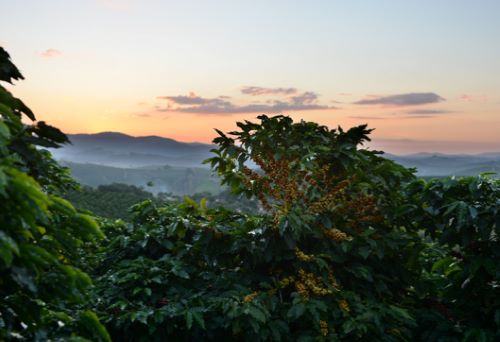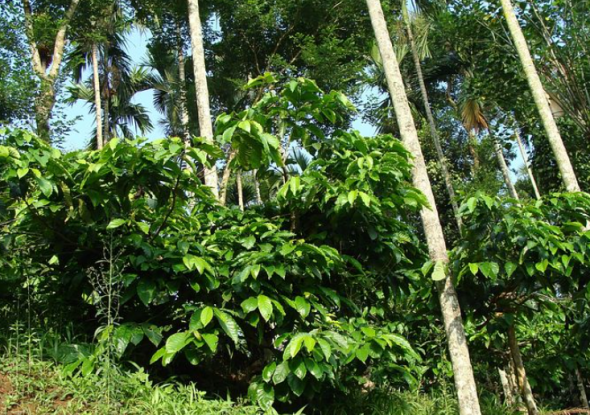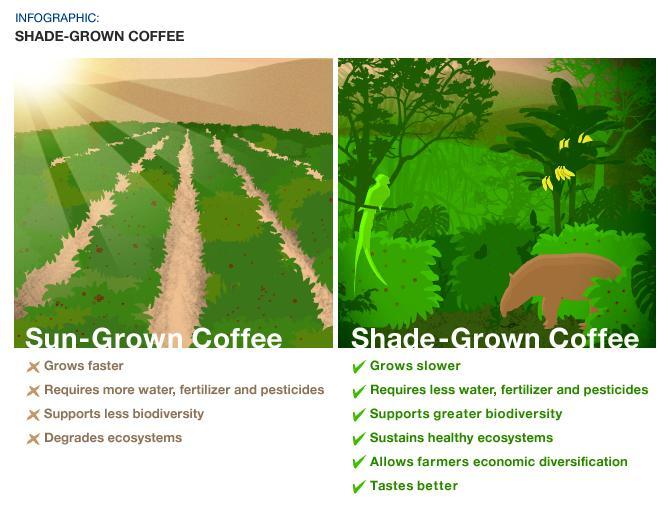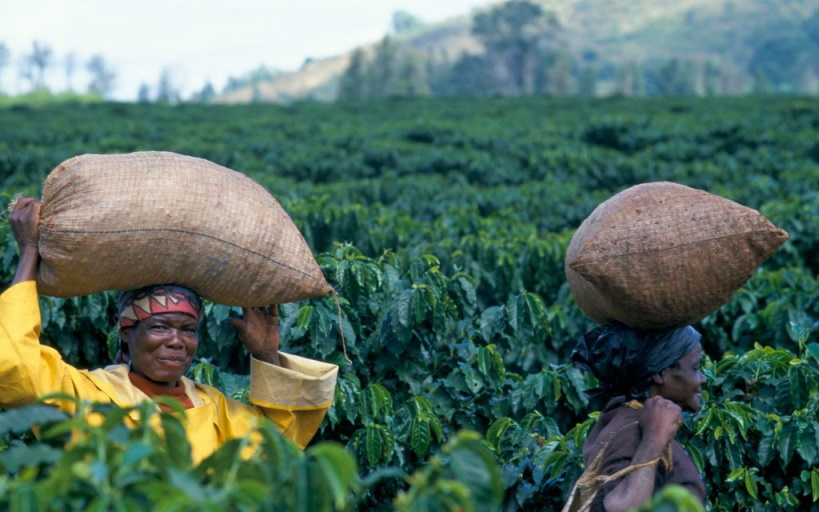
Environmental Sustainable Practices Used in Coffee
Sustainable farming practices are critical in the efforts to support the environment in a positive way. By combining practices such as root bending and selective pruning with natural shade canopies, farmers can grow stronger trees that produce additional crop in subsequent years. The planting of alternative crops, such as banana trees, when grown alongside Arabica coffee, create shade coverage that provide numerous benefits. Tall trees promote biodiversity by creating a healthy plant and animal habitat for birds, bees and small animals.
Read more
Environmental, Economic and Social Sustainability
Fair Trade is an effort in the coffee industry that is designed to promote sustainability and to help producers achieve better pricing and thus improve their overall quality and standards of living. The increasing amount of Fair Trade Economic benefits the farmers receive as they continue to grow more organic coffee is helping to ensure that farmers all over the world are able to meet their everyday needs and to improve their living standards and income earning potential.
Discover Fair Trade
